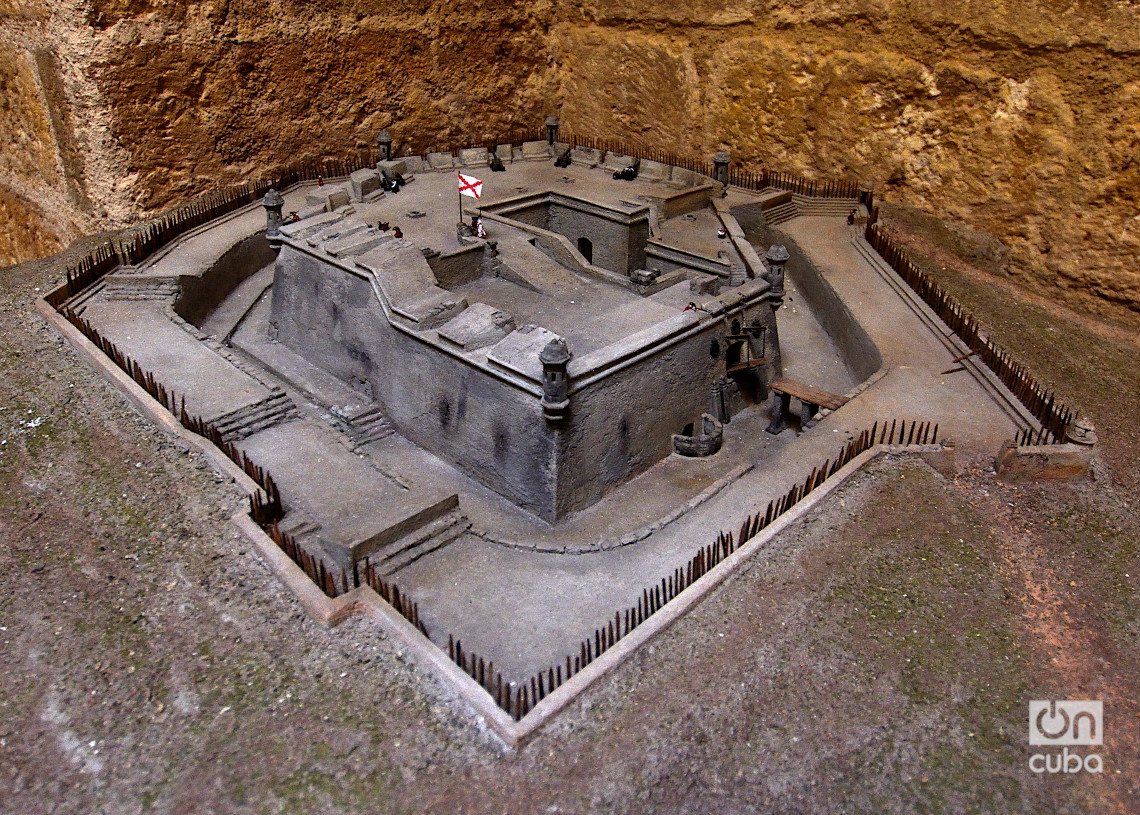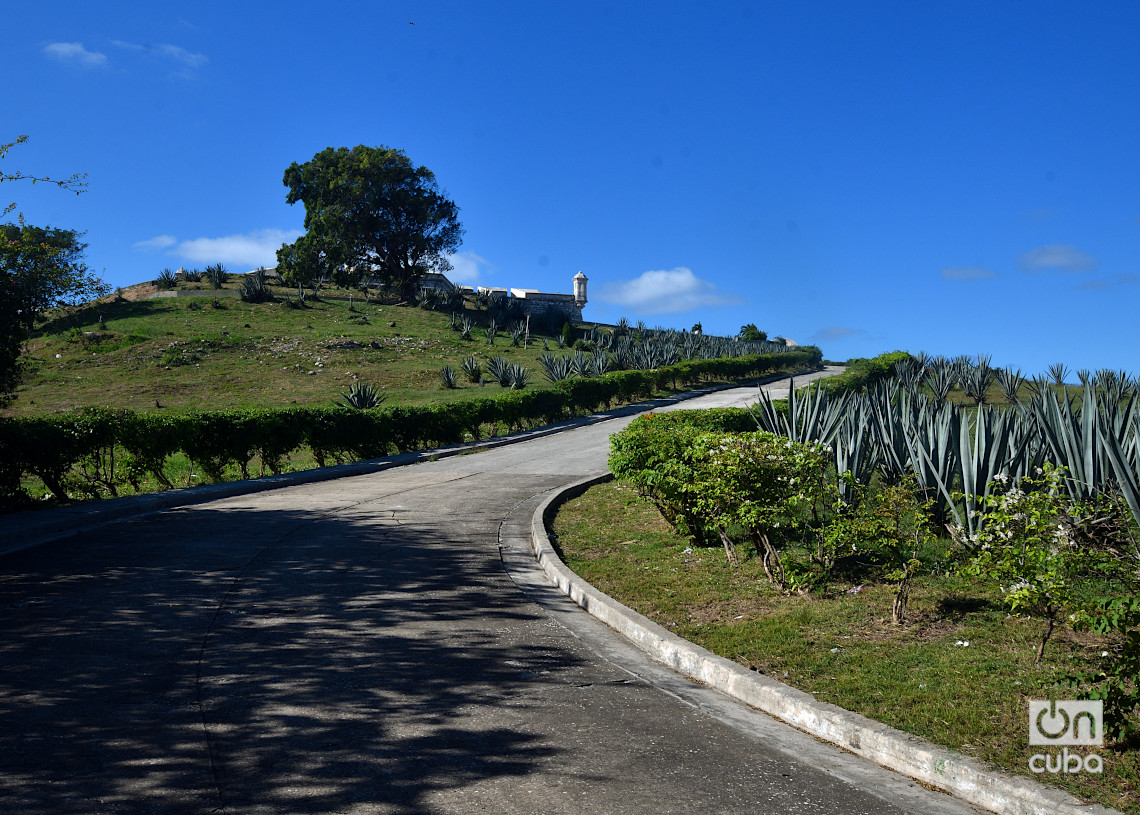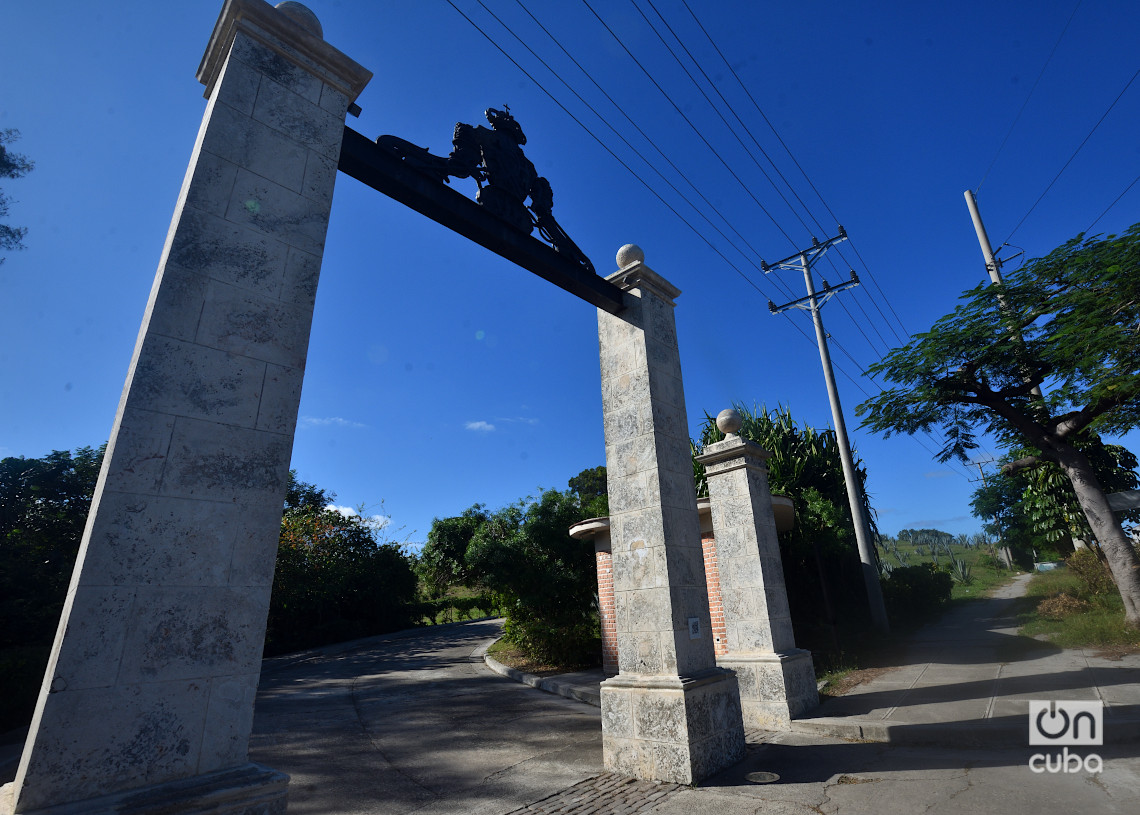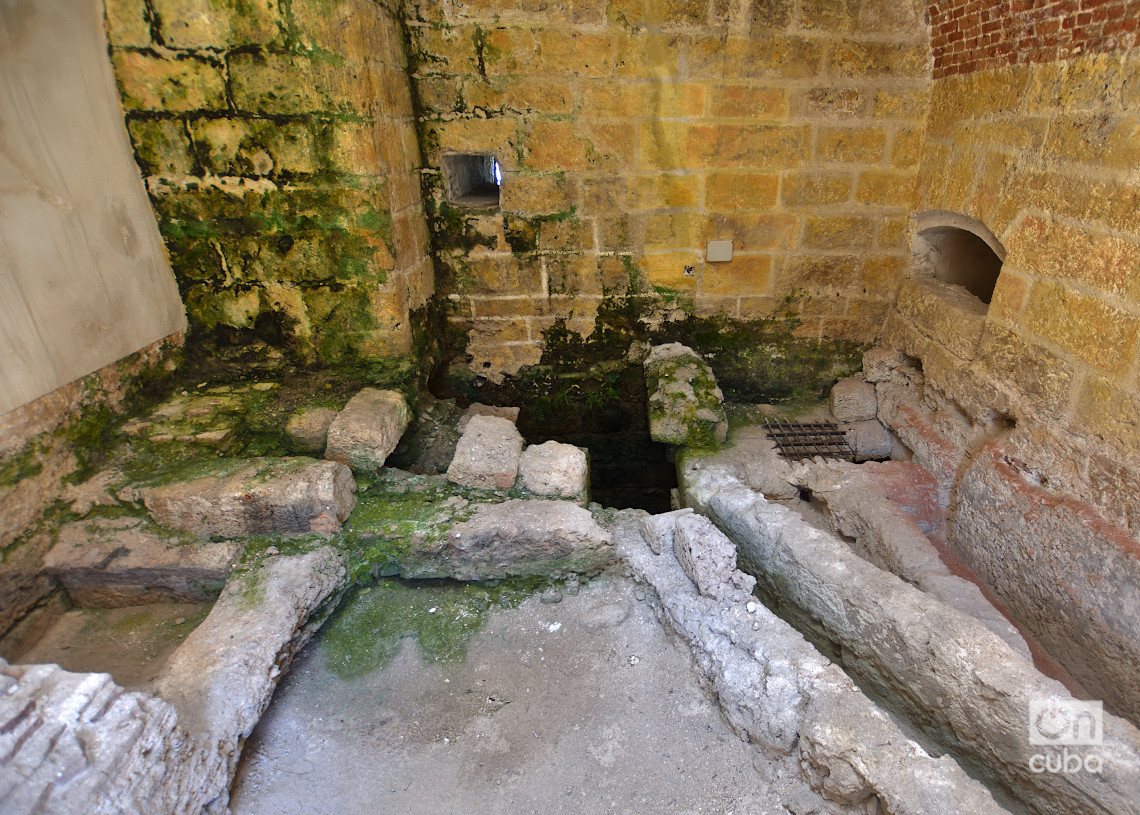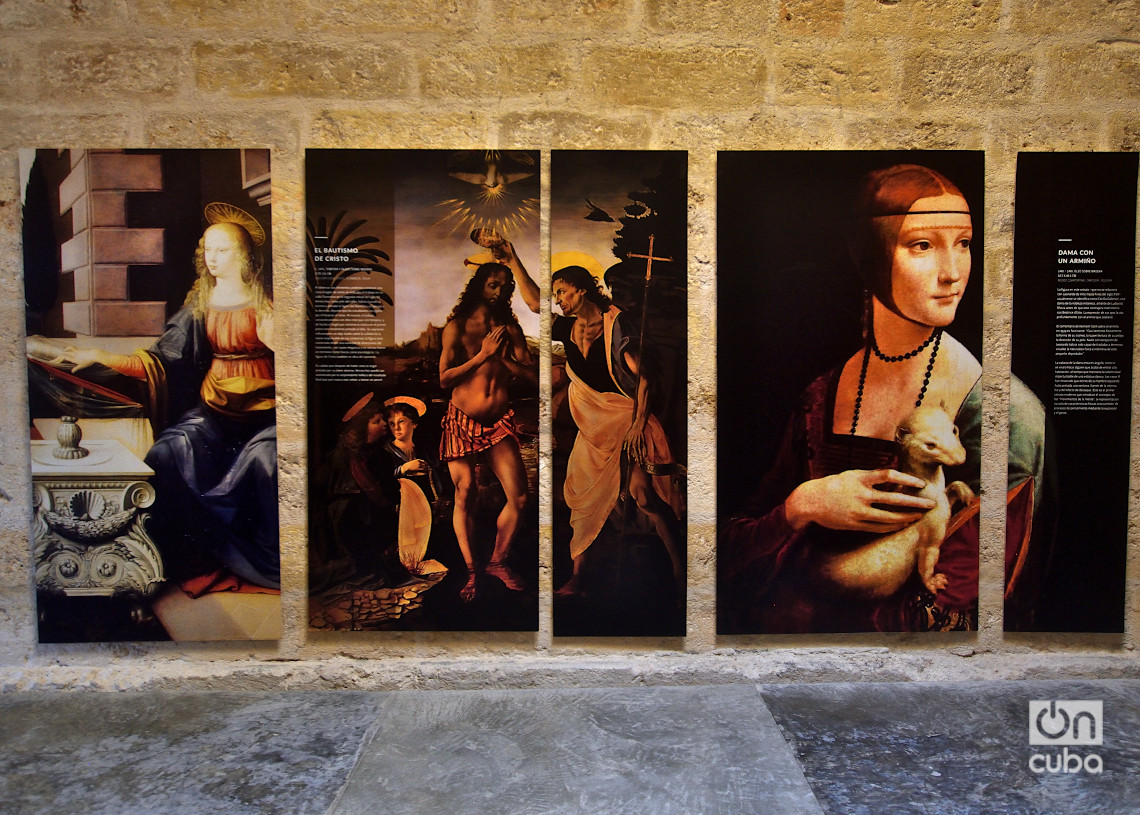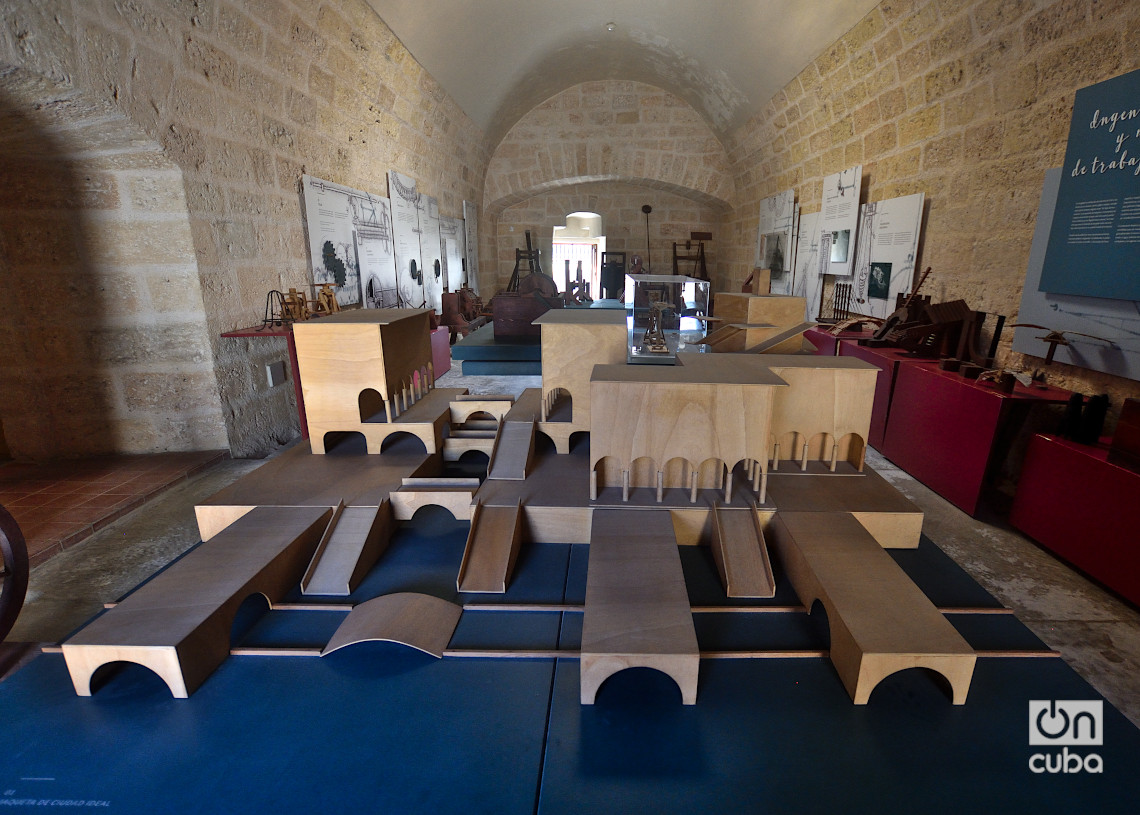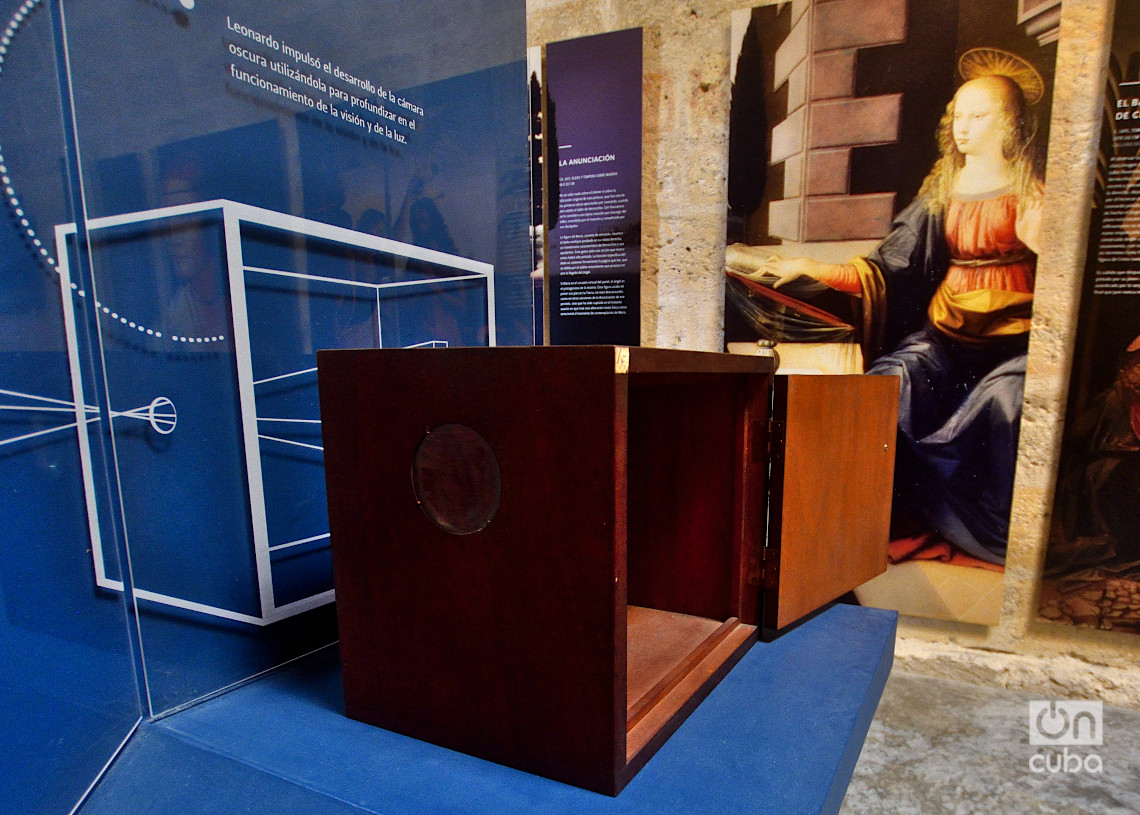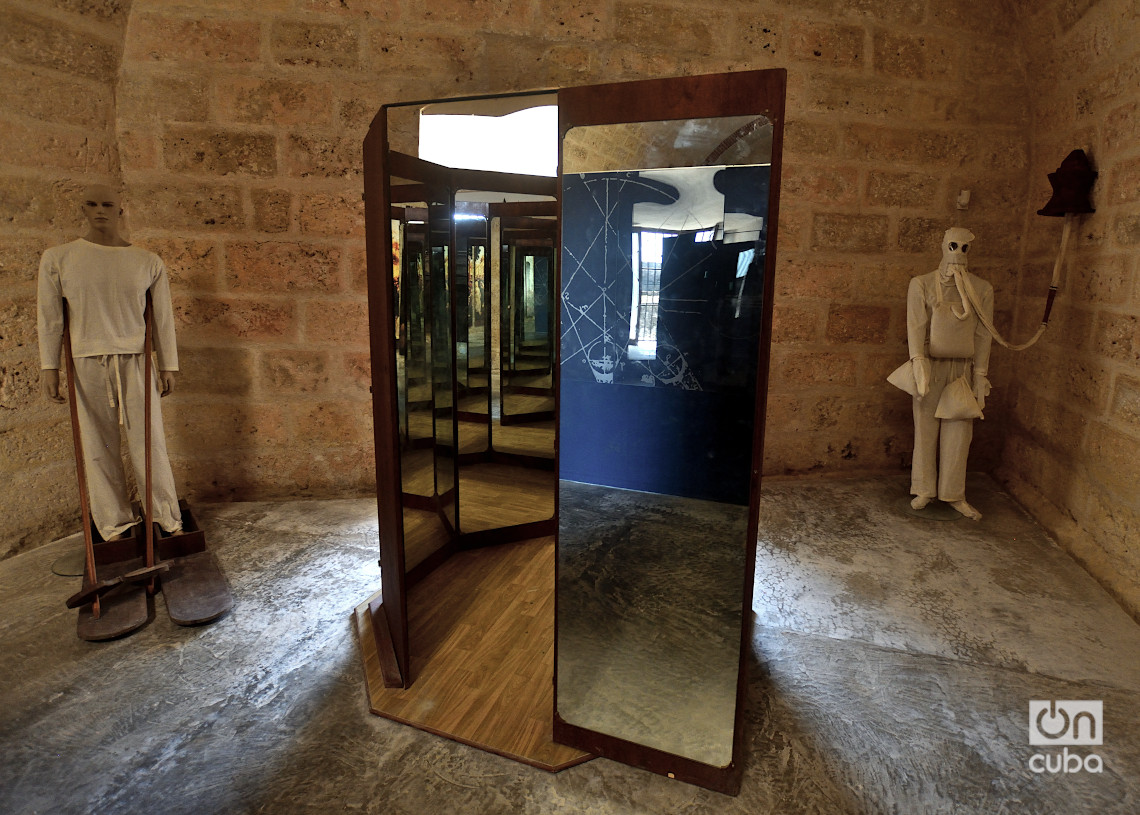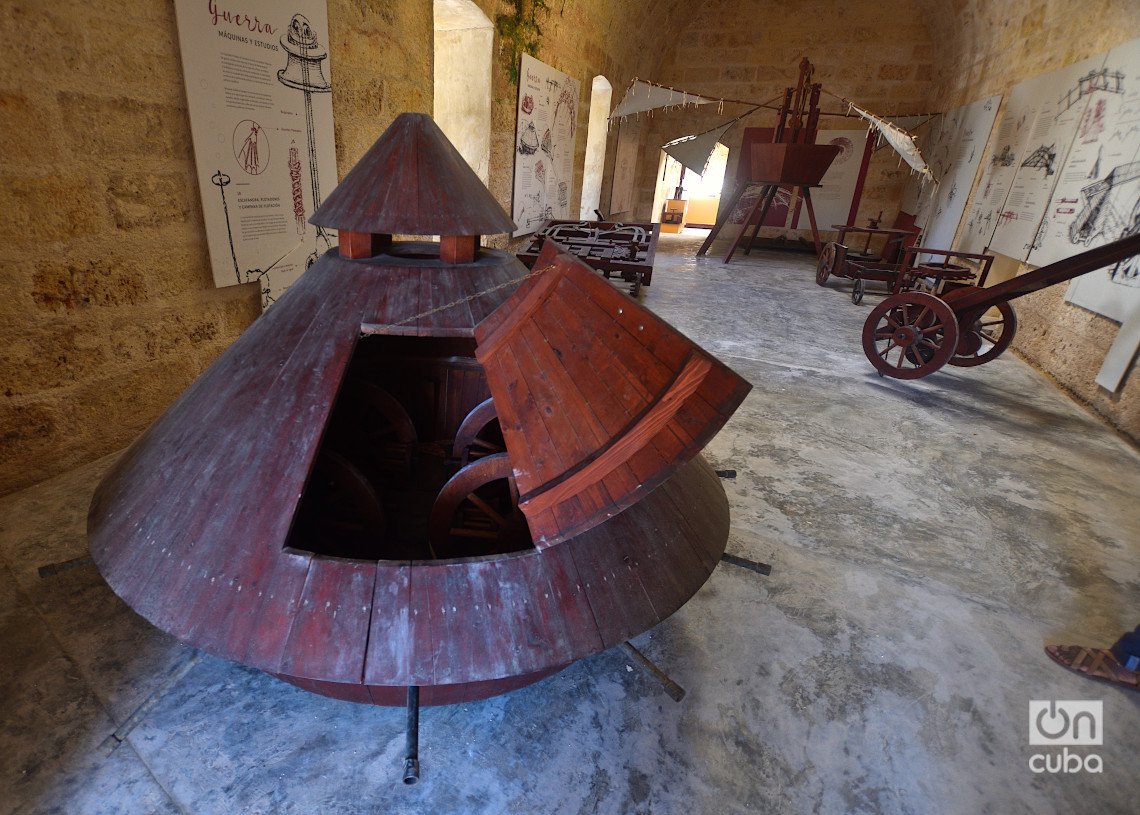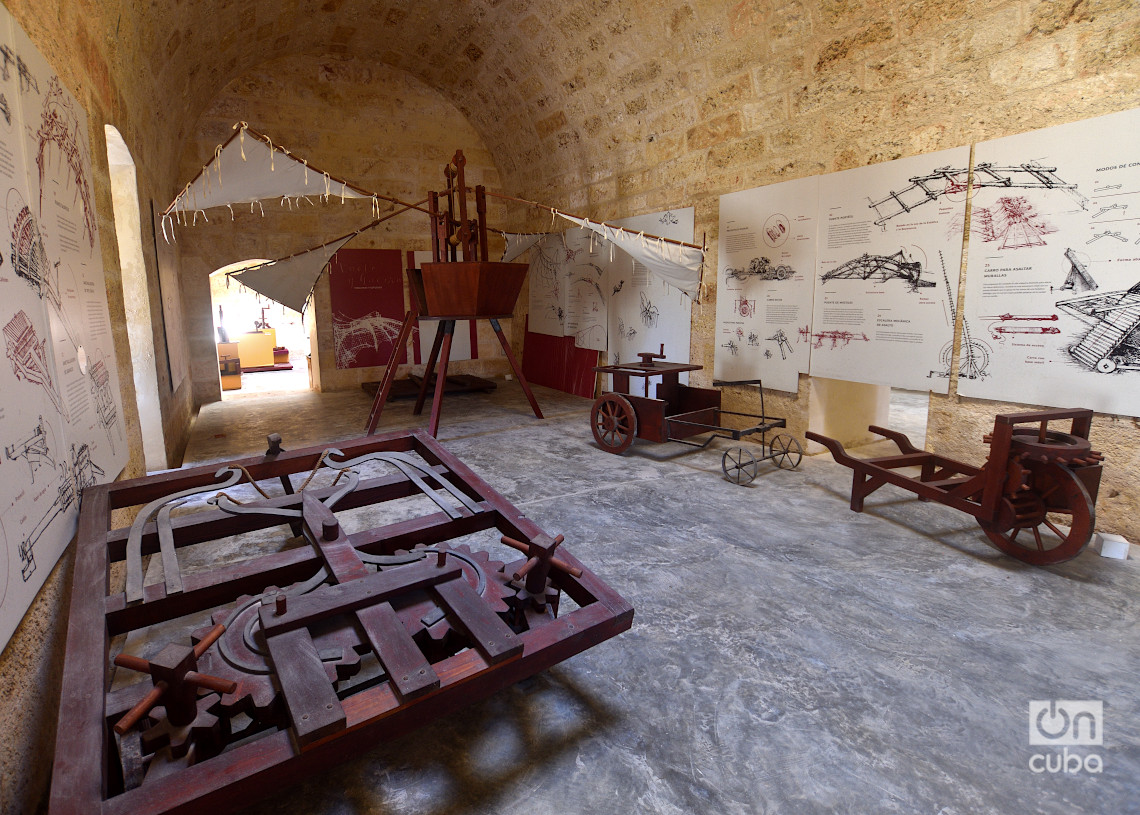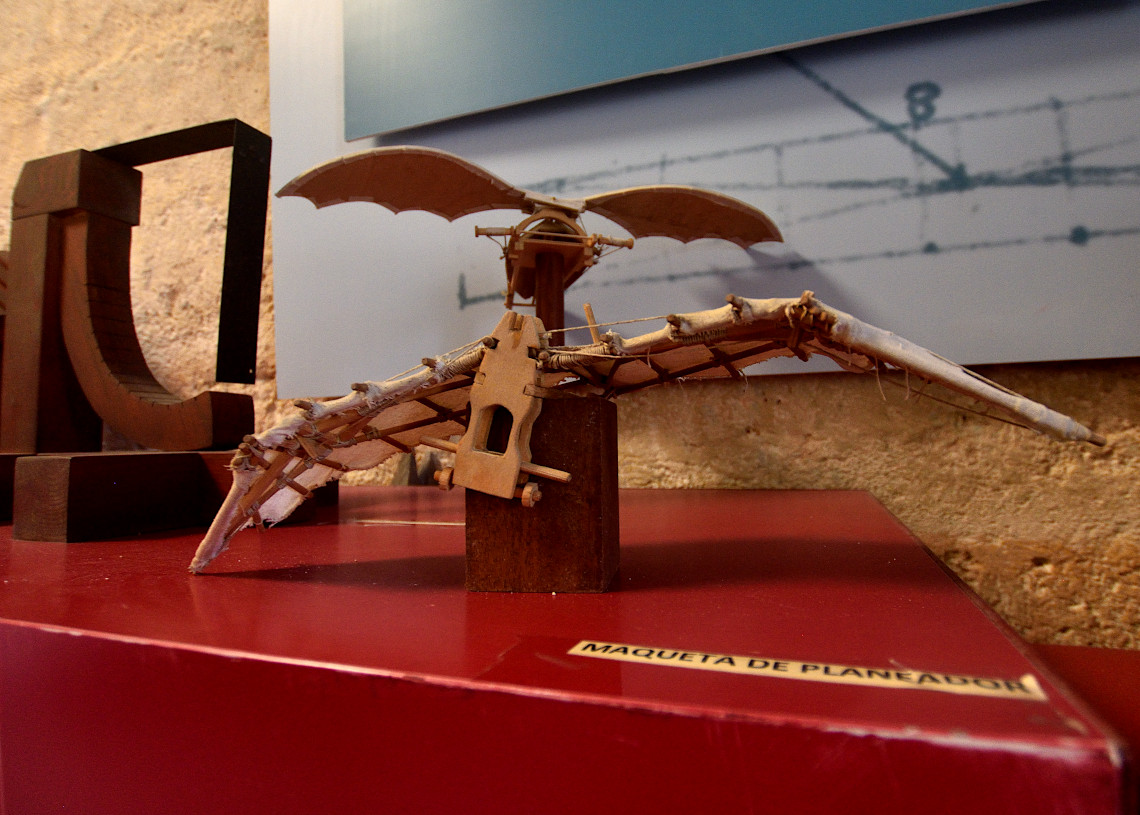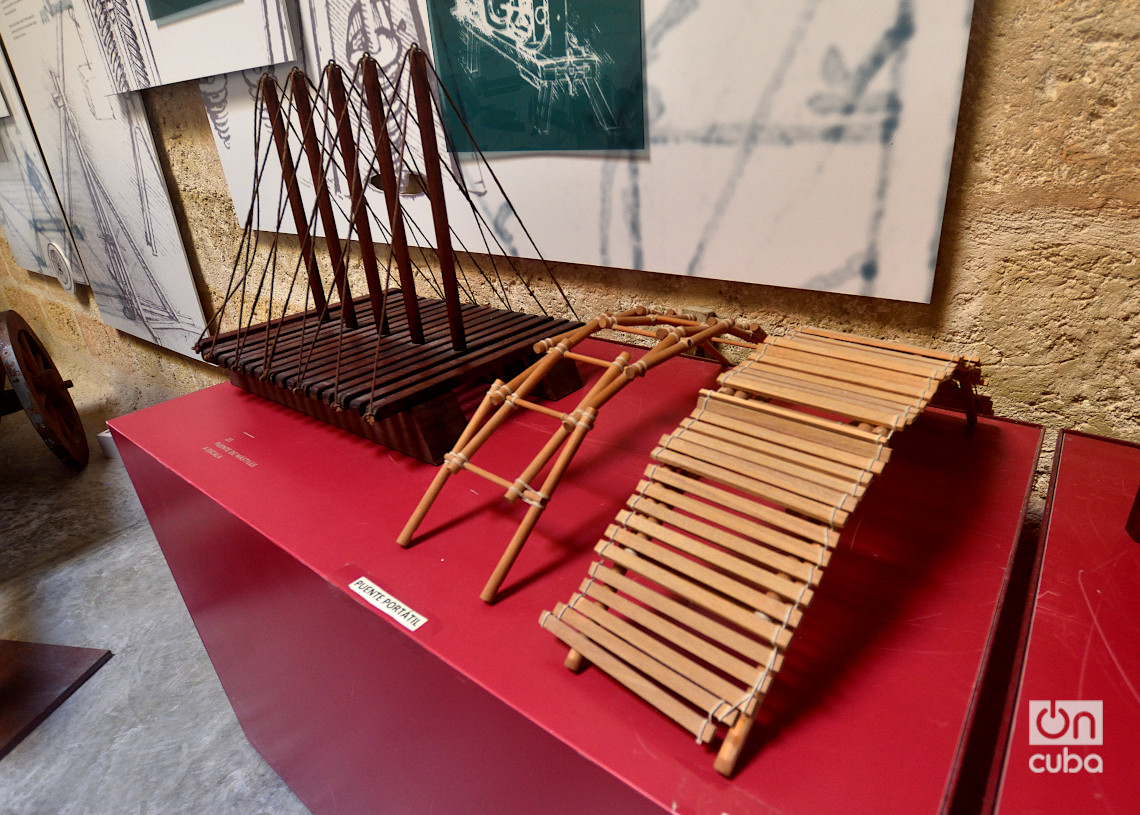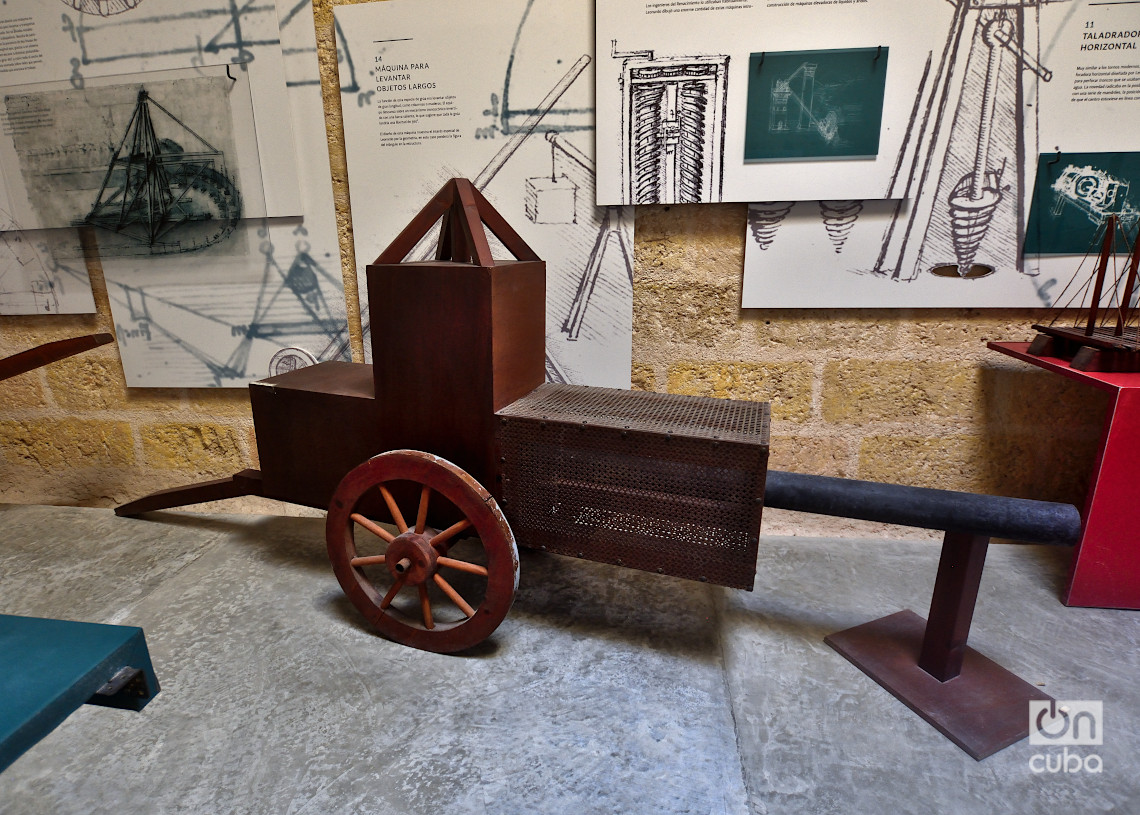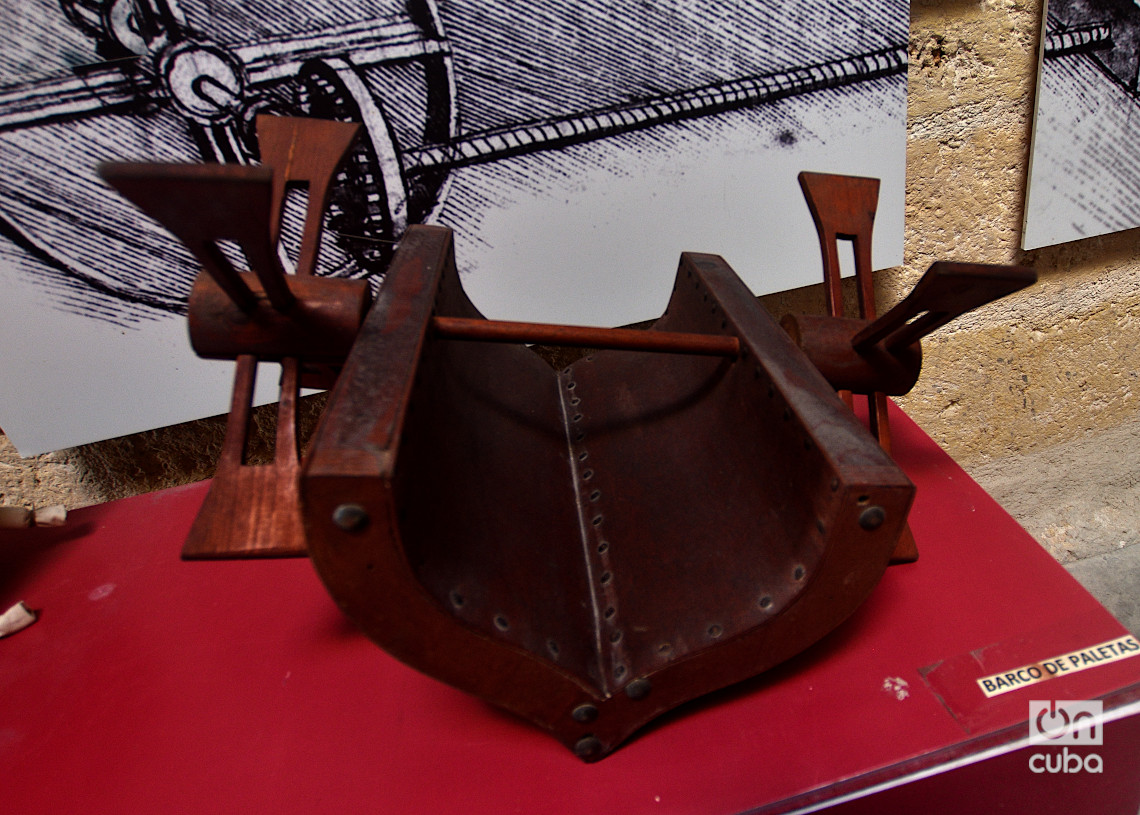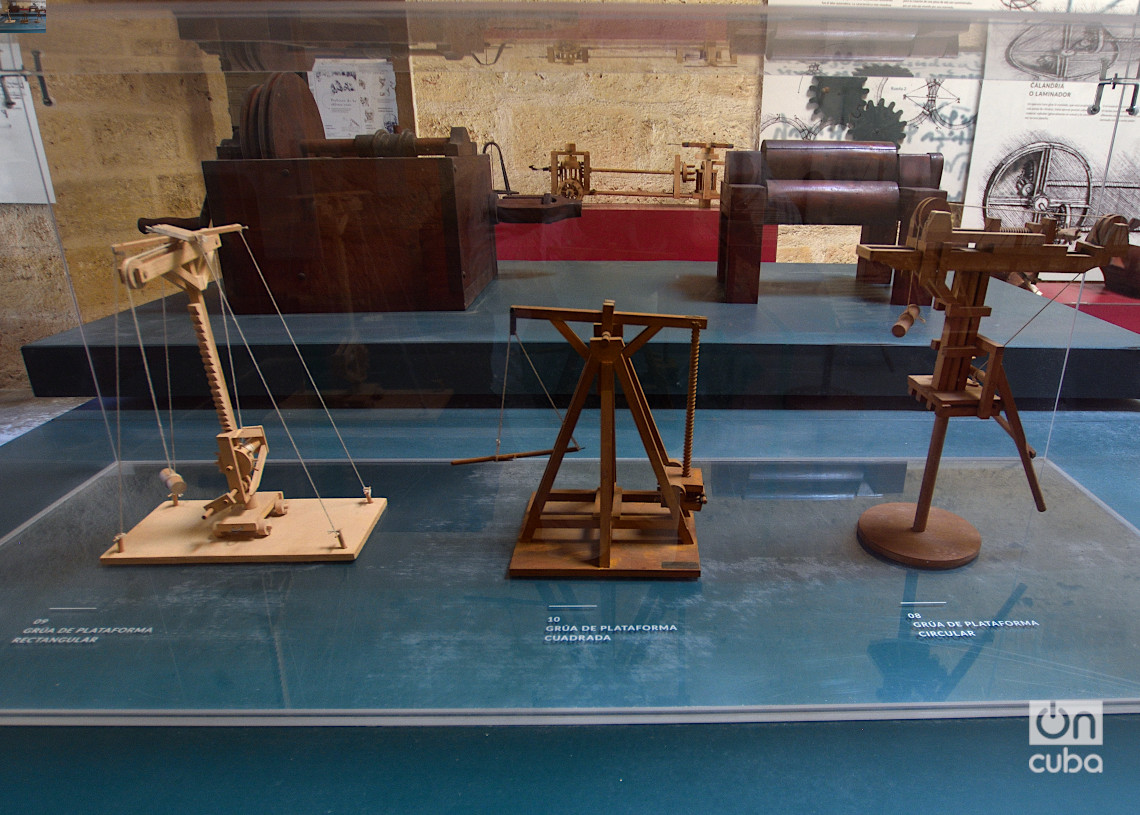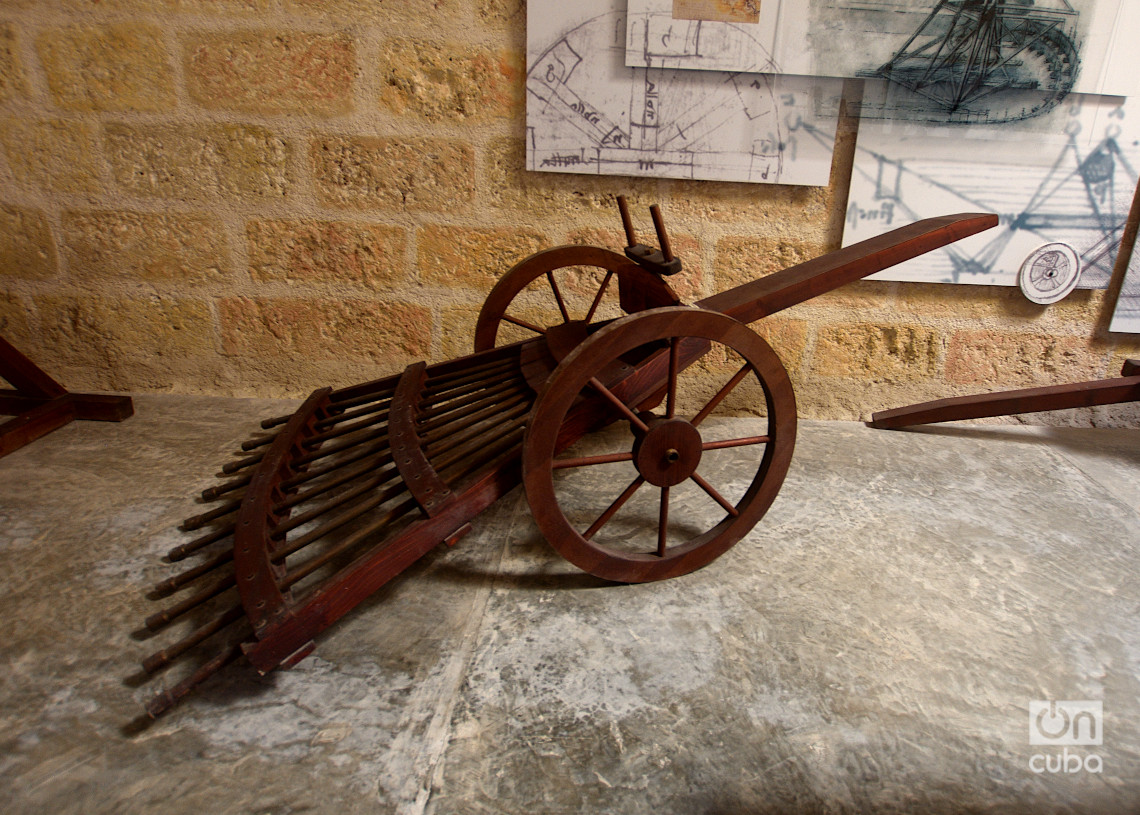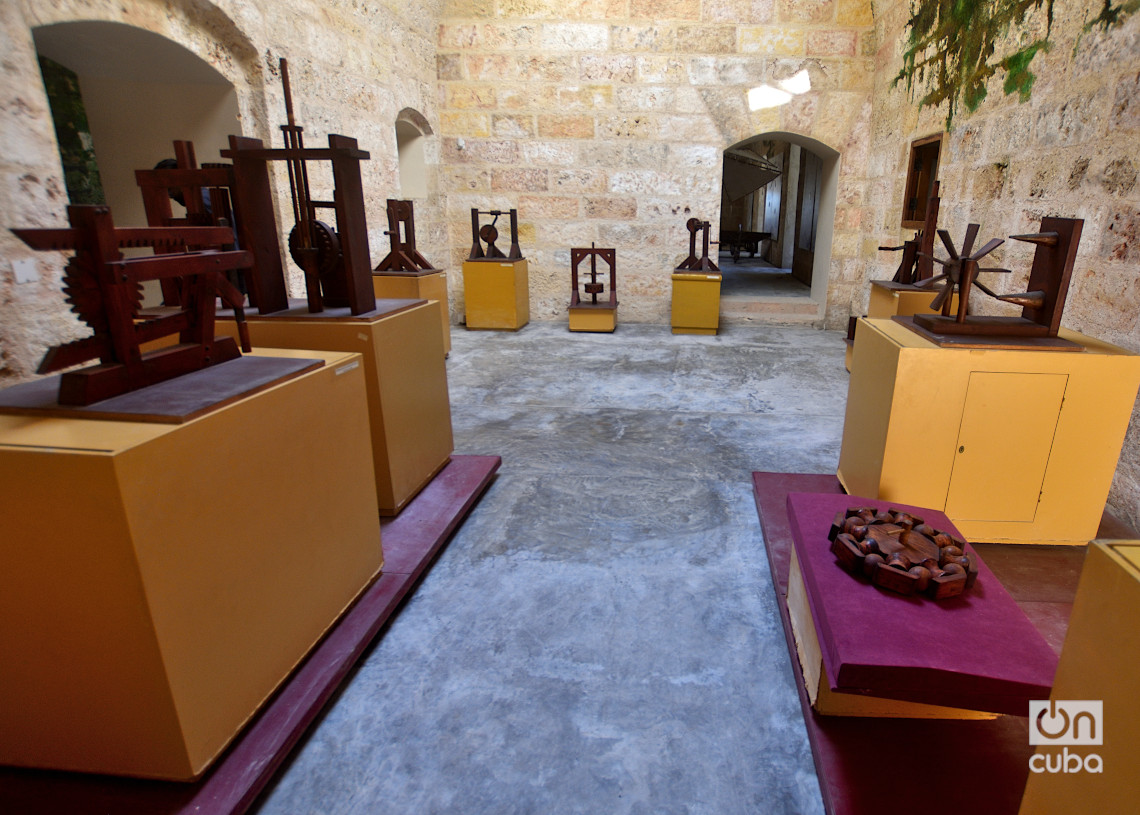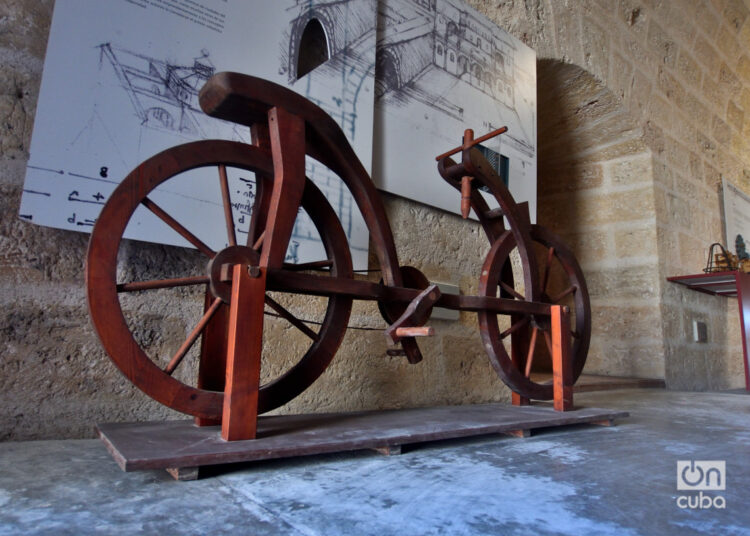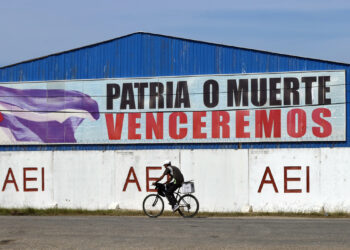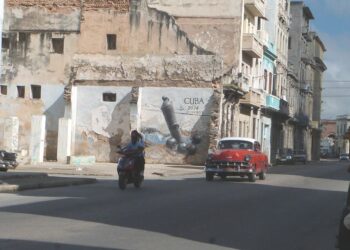In the vicinity of Havana Bay, and particularly the Atarés inlet, stands the castle of the same name. After more than two centuries of military use, the building was rehabilitated just a few years ago to become a museum.
Although less famous than other fortresses built by the Spanish to defend the Cuban capital — such as La Cabaña, La Fuerza or El Morro —, Atarés is a paradigmatic piece of that defensive system, an example of the military architecture of its time that has become an important heritage site in the city.
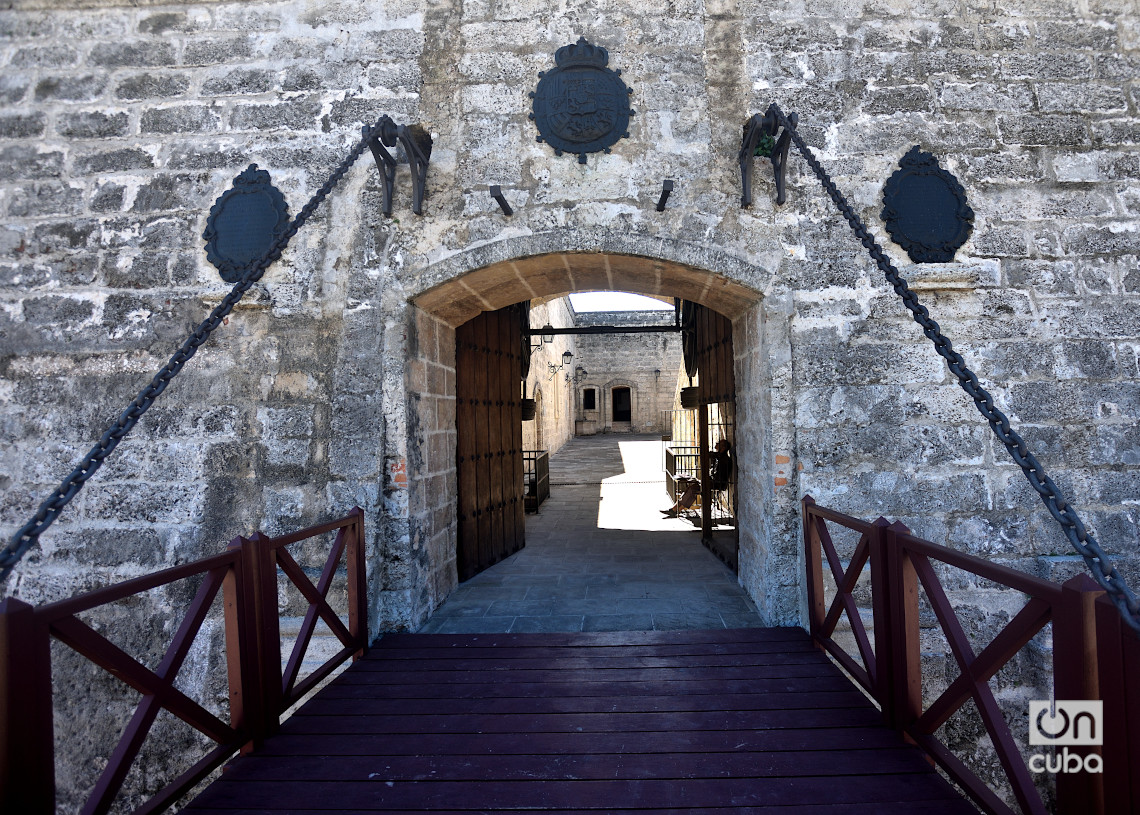
Completed in 1767, after the recovery of Havana by Spain following eleven months of British rule, the Santo Domingo de Atarés Castle owes its name to the Counts of Atarés. Some sources indicate that they were the parents of the then governor of Cuba, while others point out that they were the in-laws of the king’s engineer, Agustín Crame, who paid tribute to them in this way.
According to documents from the time, its construction was directed by the engineer Silvestre Abarca and included the intervention of Crame, of Belgian origin. It was built following the construction patterns of the 18th century, with an irregular hexagonal floor plan, without bastions and with hexagonal sentry boxes at its vertices.
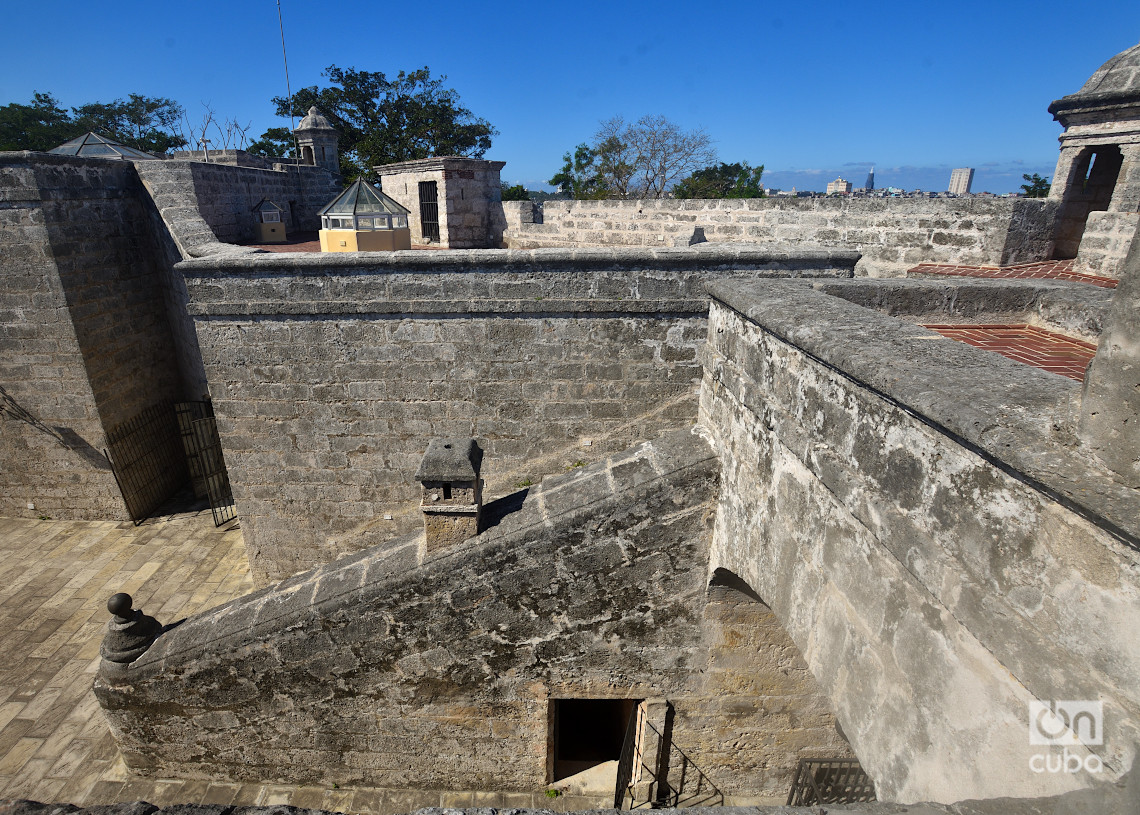
The castle is surrounded by a moat and has a small central parade ground, surrounded by several fortified buildings for the accommodation of troops, storing food and weapons, and for other services necessary for its operation.
On its roofs there were about twenty cannons, while its location, in the absence of a hill also prepared by the builders, made it very difficult for the enemy to climb or besiege. Although ships could reach the inlet, they could not reach the castle directly.
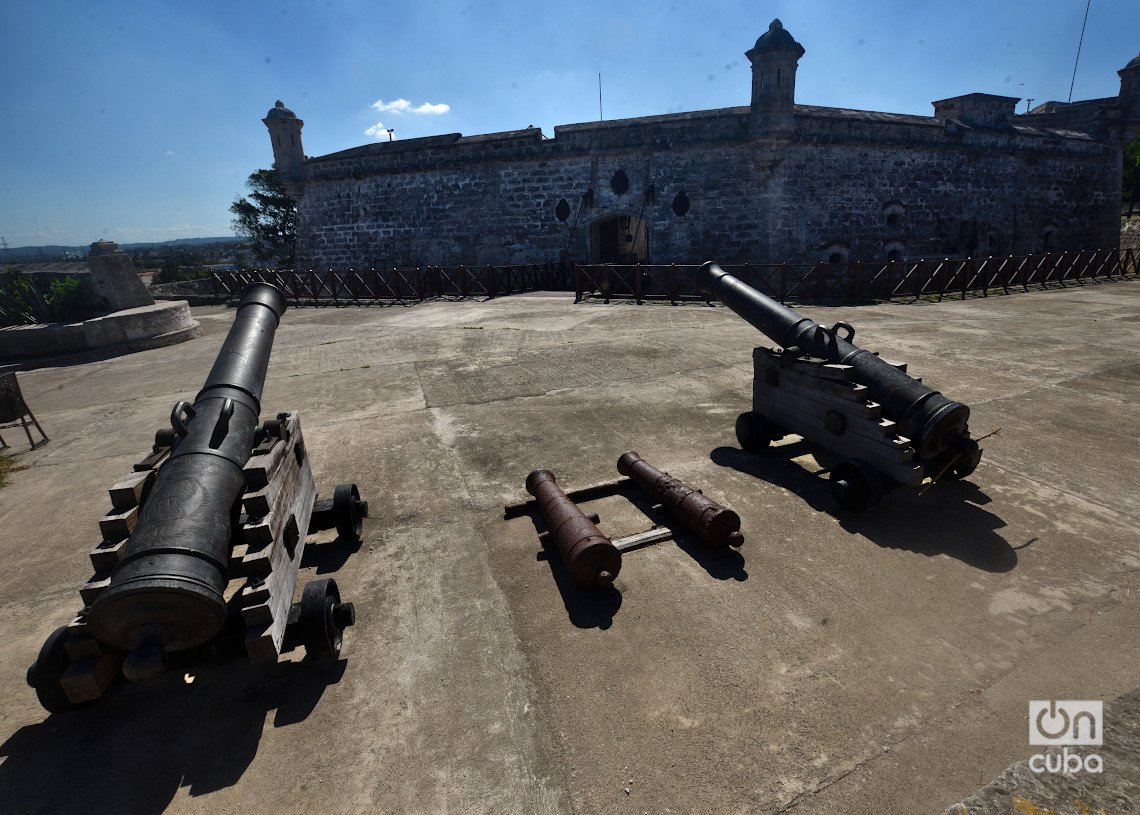
The Atarés Castle never saw combat during the colonial period. After the arrival of the republic, it continued to have military functions and was the headquarters of the presidential guard. It was also used as a prison and was the scene of murders and torture during the dictatorship of Gerardo Machado.
After Machado’s fall, on November 8, 1933, it was occupied by elements opposed to the government of then President Ramón Grau San Martín. In response, it was bombed by land and sea by forces of the Cuban army and navy, in the main war episode in its history.
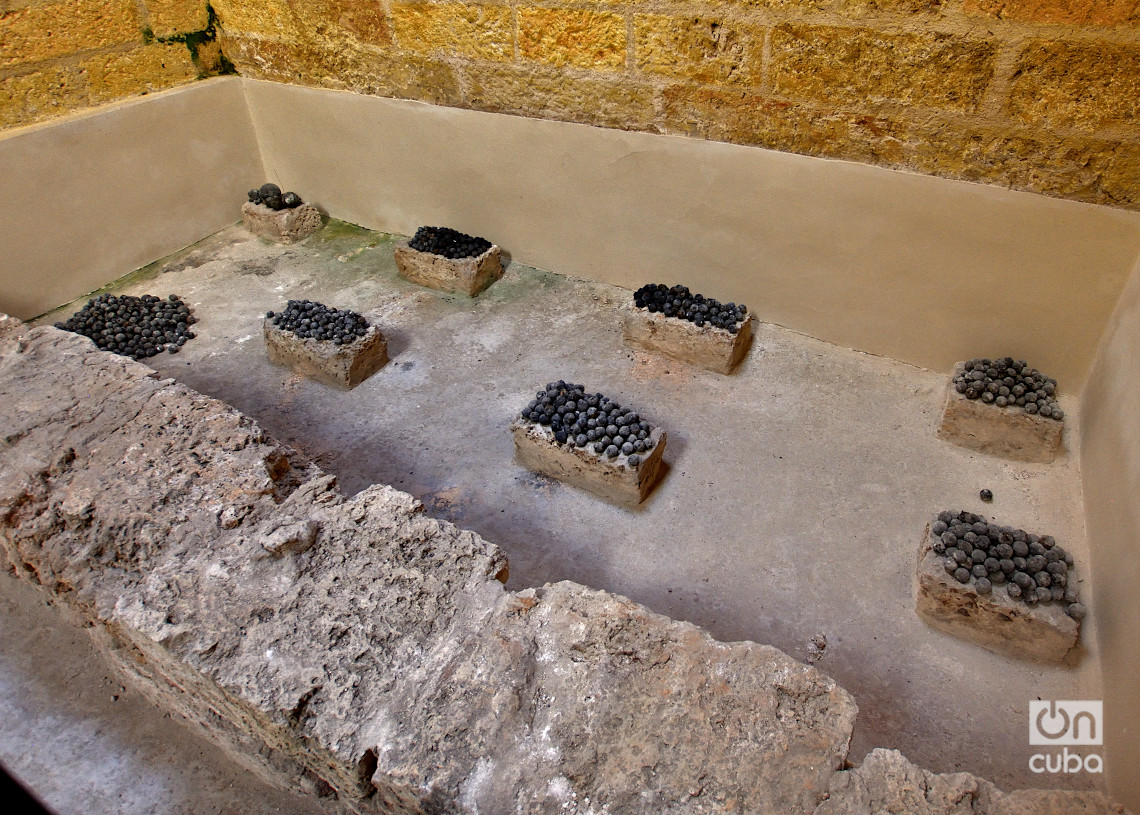
For many years, until after 1959, the Atarés Castle remained in the hands of the army and underwent modifications. Finally, in 2013 it was handed over to the Office of the Historian of Havana “in a fairly advanced depauperating state, very damaged by the number of additions and elements foreign to the fortress,” according to engineer Néstor Sad Rodríguez.
Then, a process of restoration and rehabilitation began, with Italian cooperation, which required in-depth historical and archaeological research. During the works, original elements were rescued, necessary facilities were added, and historical vestiges and even human remains were found.
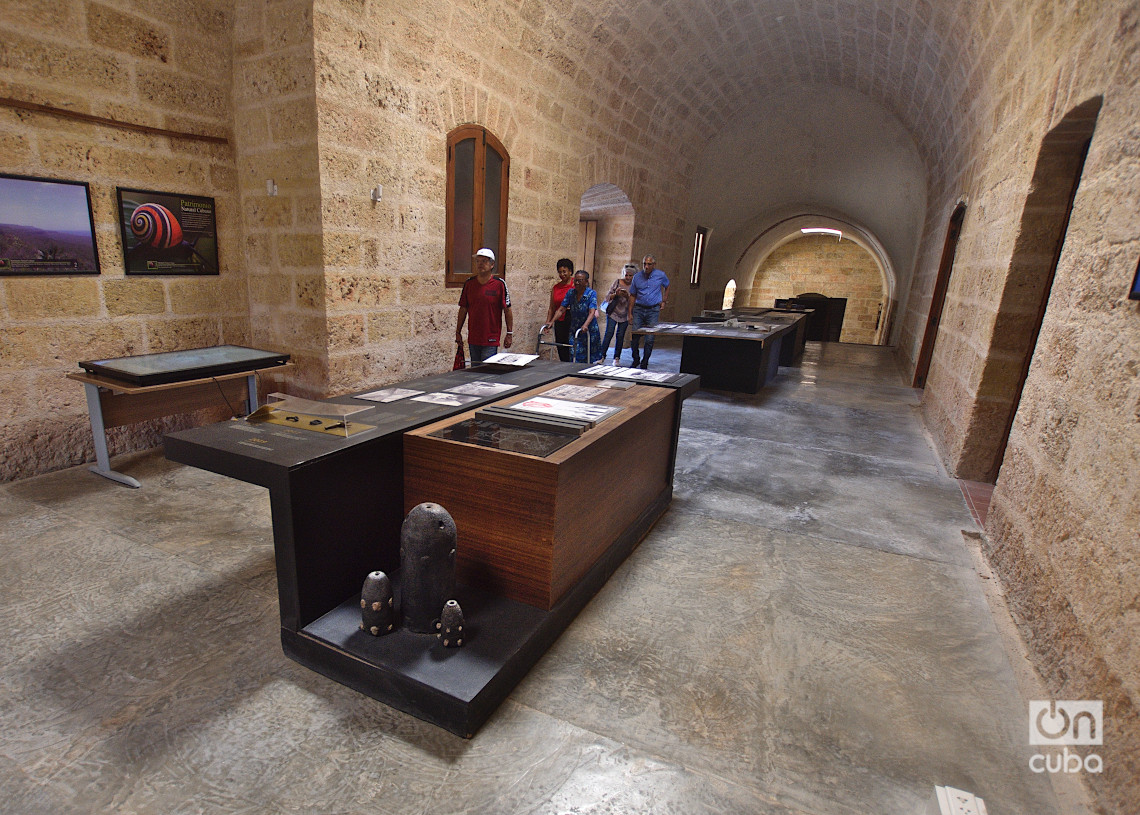
Finally, already restored, the Atarés Castle reopened its doors in November 2019, as part of the celebrations for Havana’s 500 years. At its inauguration, the remembered city historian Eusebio Leal made one of his last public appearances, being the main speaker at the event a few months before he passed away.
After its reopening, the castle has functioned as a museum in which the history of the site itself is shown to the public. Added to this are works by Leonardo da Vinci, donated by Italy and linked to military, fortification and engineering themes. This gives it a distinction within the Havana museum system. This Sunday we were able to see it inside thanks to the lens of our photojournalist Otmaro Rodríguez.
